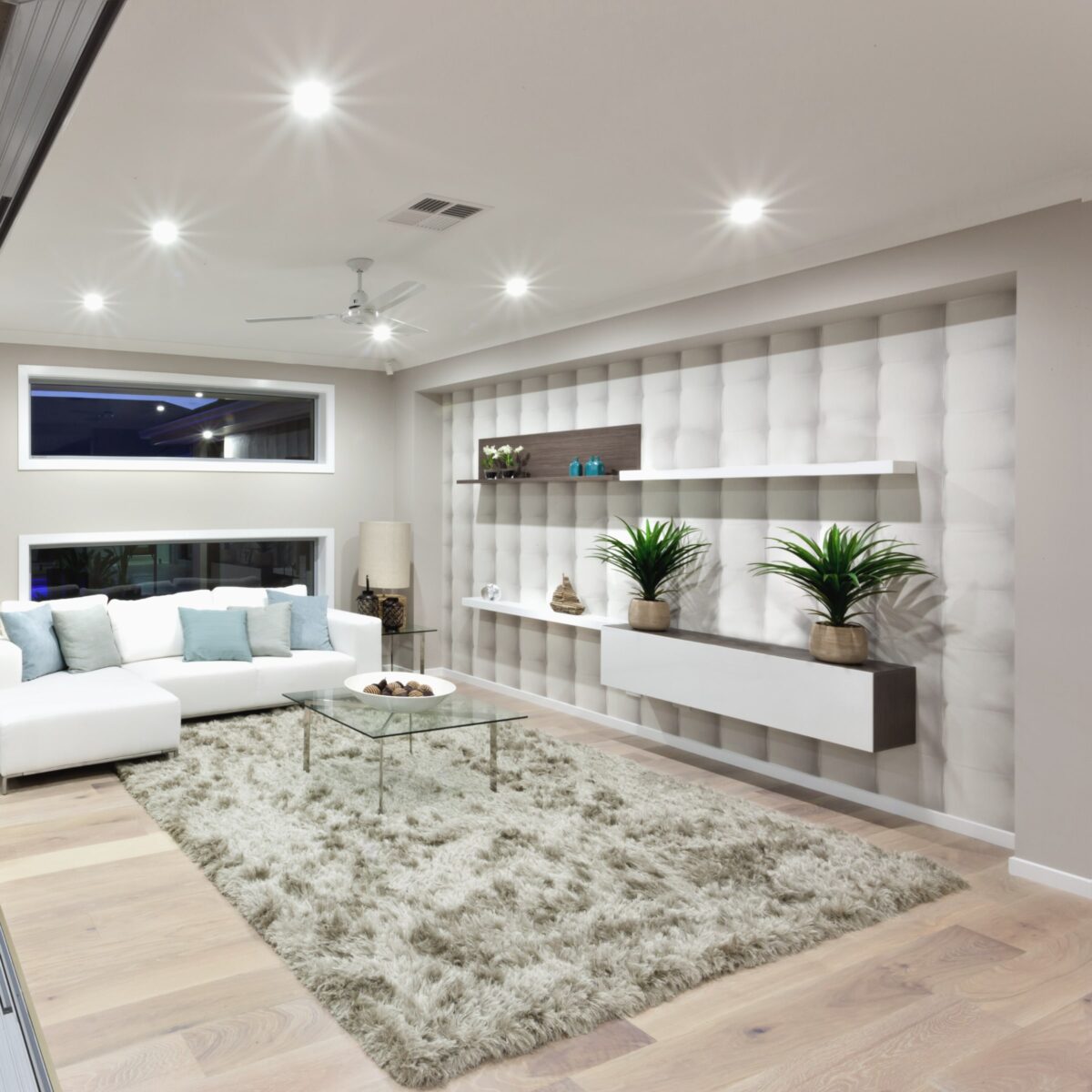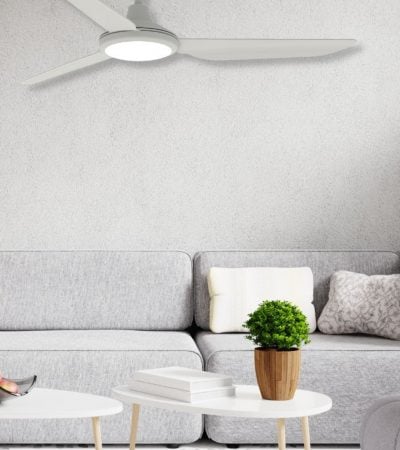
Shop the best price on ceiling fans with our lowest fan price guarantee!
Shop the best price on ceiling fans with our lowest fan price guarantee!
To NSW, ACT & VIC, and metro QLD & SA*
If you find a lower price, we’ll match it!
Sign up for exclusive VIP discounts all year round!
Lighting can completely transform the look and feel of a space, and it’s an often overlooked aspect of home design. With the right lights, you can create a warm and welcoming atmosphere, highlight architectural features, and even make a small room feel larger. Here are five ways you can transform your home with the right lighting.

One of the most important aspects of home lighting is choosing the right bulbs. There are many different types of bulbs to choose from, including incandescent, halogen, fluorescent, and LED. Each type of bulb has its own set of benefits and drawbacks, and it’s important to consider which type is best suited for your needs.
When choosing the right bulbs for your home, it’s important to consider the type of light you want to produce, as well as the energy efficiency and lifespan of the bulbs.

Utilising dimmers and timers can give you greater control over the lights in your home and allow you to create the perfect ambiance for any occasion.
Dimmers allow you to adjust the brightness of your light bulbs, which can be especially useful in the evenings when you want a softer, more relaxing light. They can also help you save energy by allowing you to turn the lights down when they are not needed. Timers allow you to set your lights to turn on and off at specific times, which can be useful for security purposes when you are away from home. They can also help you save energy by ensuring that lights are not left on unnecessarily.
Both dimmers and timers are relatively easy to install and can be used with a wide range of bulb types. They can be controlled manually or through a smart home system, giving you even greater control and convenience.
By using dimmers and timers, you can create the perfect lighting for any occasion and save energy at the same time.

One of the keys to creating a well-lit home is to experiment with layering different types of lighting. Layering refers to the use of multiple light sources at different levels and in different parts of a room to create a cohesive and functional lighting plan.
There are three main types to consider when layering: ambient, task, and accent.
By layering these different types of lighting, you can create a well-lit and functional space that is suitable for a wide range of activities. It’s important to note that layering lighting can be a bit of a balancing act, as you don’t want any one type of lighting to dominate the room. Experimenting with different combinations and placement of lights can help you achieve the perfect balance.

The colour temperature of a light bulb refers to the appearance of the light it produces, and it is measured in degrees Kelvin (K). Bulbs with a lower colour temperature produce a warm, yellow light, while bulbs with a higher colour temperature produce a cool, blue light.
Choosing the right colour temperature for your home can have a big impact on the atmosphere and mood of a space. Warm, yellow light is often preferred for cosy, relaxing spaces such as bedrooms and living rooms, while cool, blue light is better suited for work areas and bathrooms.
When shopping for light bulbs, you will often see a colour temperature rating listed on the packaging. Some common colour temperatures include:
Consider the intended purpose of the room and the desired mood when choosing the right colour temperature for your home.

Accent lighting is a great way to draw attention to specific features or objects in a room and add depth and dimension to a space. It can be used to highlight artwork, plants, architectural features, or other decorative elements.
There are many different types of accent lighting to choose from, including spotlights, track lighting, and wall sconces. It’s important to choose a type of accent lighting that complements the style of the room and the objects you want to highlight.
When using accent lighting, it’s important to consider the intensity and direction of the light. Too much intensity can be overwhelming and take away from the overall ambiance of the room, while too little can fail to highlight the desired features. Experimenting with different levels of intensity and placing the lights at different angles can help you achieve the desired effect. By using accent lighting to highlight special features, you can add depth and dimension to a room and draw the eye to the things you want to showcase.
The right lighting can completely transform the look and feel of a home. By choosing the right bulbs, utilising dimmers and timers, experimenting with layering, considering colour temperature, and using accent lighting to highlight special features, you can create a functional and inviting space that is perfect for any occasion.
If you’re looking to transform your home with the right lighting, consider working with the experts at Rovert Lighting. With their extensive knowledge and experience in the industry, they can help you choose the perfect lighting solutions for your home and bring your vision to life. Don’t let poor lighting hold you back any longer. Contact Rovert Lighting today and start creating the home of your dreams.
Become a Rovert VIP to unlock exclusive savings & offers!
Shop VIP prices
PLUS save $10 on your first
online order over $100!
